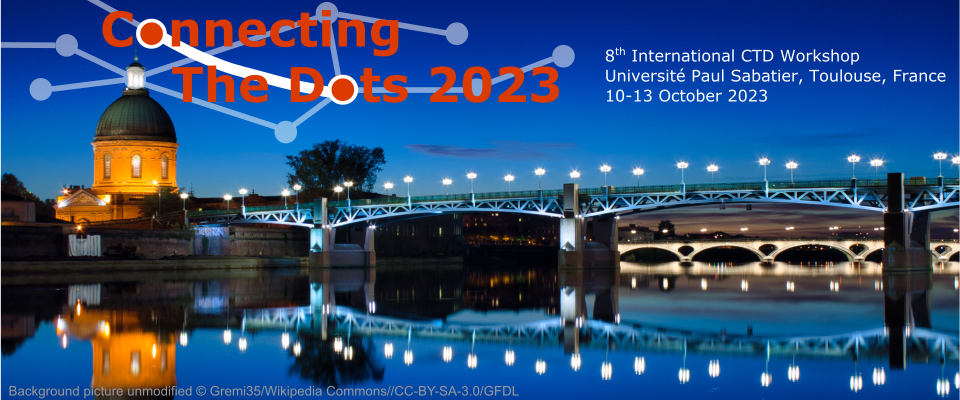Speaker
Description
The upcoming High Luminosity phase of the Large Hadron Collider (HL-LHC) represents a steep increase in pileup rate ($\left\langle\mu \right\rangle = 200$) and computing resources for offline reconstruction of the ATLAS Inner Tracker (ITk), for which graph neural networks (GNNs) have been demonstrated as a promising solution. The GNN4ITk pipeline has successfully employed a GNN architecture for edge classification and showed the competitiveness of this approach in HL-LHC-like pile-up conditions. We present in this study a new heterogeneous GNN architecture that handles the pixel- and strip-subdetectors using separate graph subnetworks, reflecting the naturally differing geometries of these regions. We investigate the impact of varying the degree of heterogeneity in the model and identify the optimal complexity associated with a heterogeneous architecture. In addition, we examine the use of the underlying hit cluster information in model training and demonstrate that cluster-level input is richer and more discriminatory than space point coordinates alone. With this added sophistication, the track reconstruction efficiency and fake rate of the GNN4ITk pipeline using the heterogeneous GNN compares favourably with the results from the homogeneous GNN.
